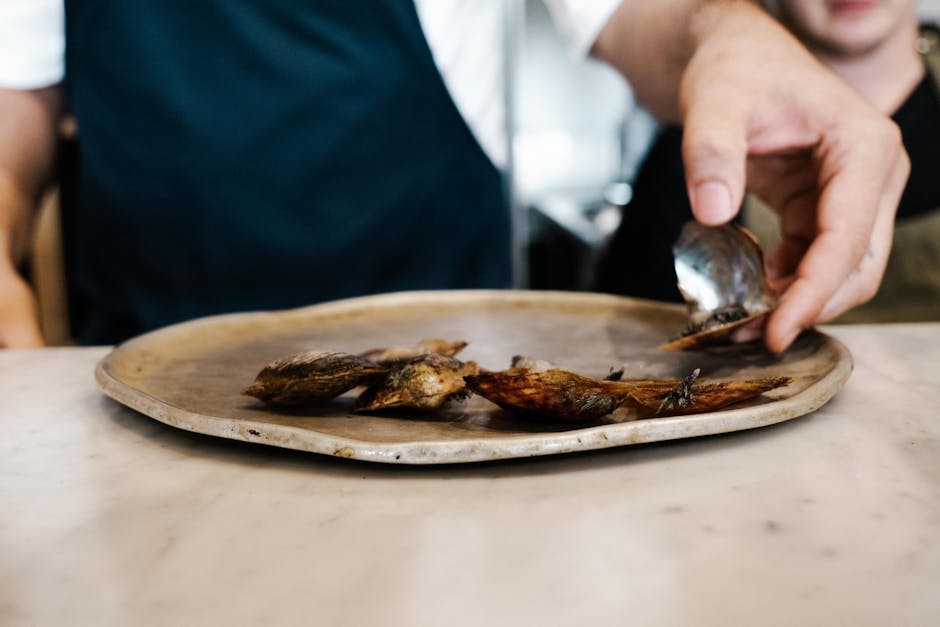
Experimental Plating Techniques: Taking Artistic Presentation to a Whole New Dimension
When it comes to plating food, presentation is key. The way a dish looks can greatly impact our perception of its taste. Chefs and culinary artists are constantly pushing the boundaries of plating techniques, seeking to create visually stunning masterpieces that elevate the dining experience.
In recent years, experimental plating techniques have gained popularity. These innovative strategies go beyond traditional plating approaches, adding a whole new dimension to culinary presentation. Let's explore some exciting and unconventional methods that can take your dishes to the next level:
- Deconstruction: Deconstructing a dish involves breaking down its components into separate elements and presenting them in an artistic and visually striking manner. This technique allows diners to experience each flavor and texture individually while appreciating the dish as a whole.
- Asymmetric Composition: Instead of the traditional symmetric arrangement, asymmetric composition focuses on creating a balanced yet visually dynamic plate. Play with different shapes, sizes, and heights to add interest and intrigue to your dish.
- Edible Soil: Edible soil is an unconventional plating element that adds texture and earthy tones to a dish. Made from ingredients like cocoa powder, nuts, and breadcrumbs, it can be shaped into creative designs to enhance the overall aesthetic.
These are just a few examples of experimental plating techniques that can transform your dishes into works of art. The key is to think outside the box and explore new ways to present your culinary creations. Experiment with colors, textures, and unconventional plating elements to create visually stunning plates that captivate your diners.
Remember, plating is as much about aesthetics as it is about flavor. By incorporating innovative techniques into your presentation, you can elevate the dining experience and leave a lasting impression on your guests.
